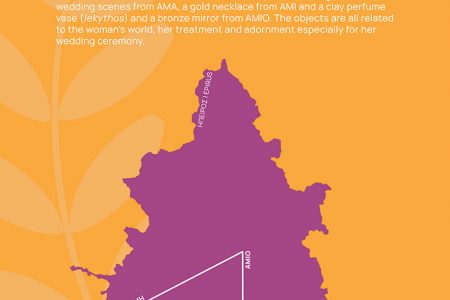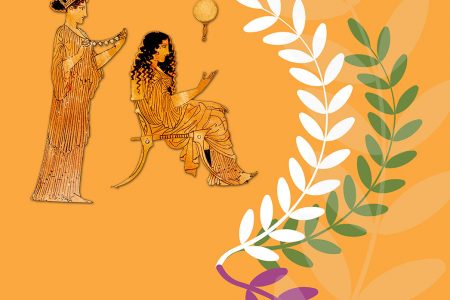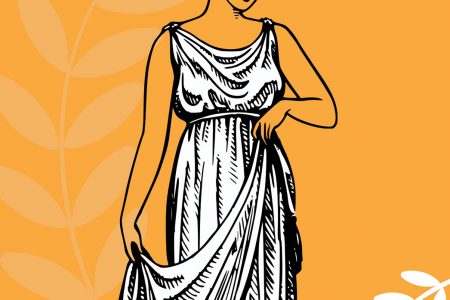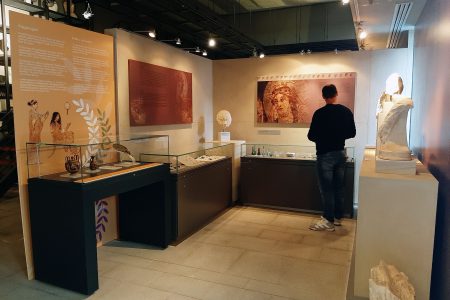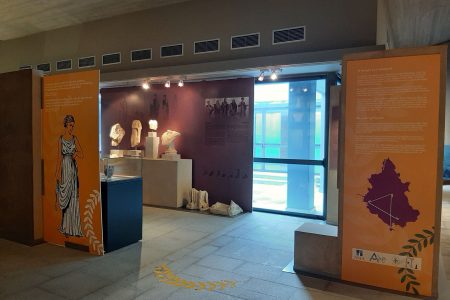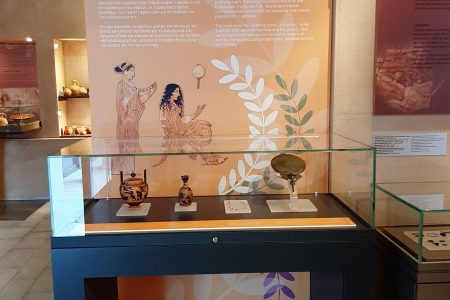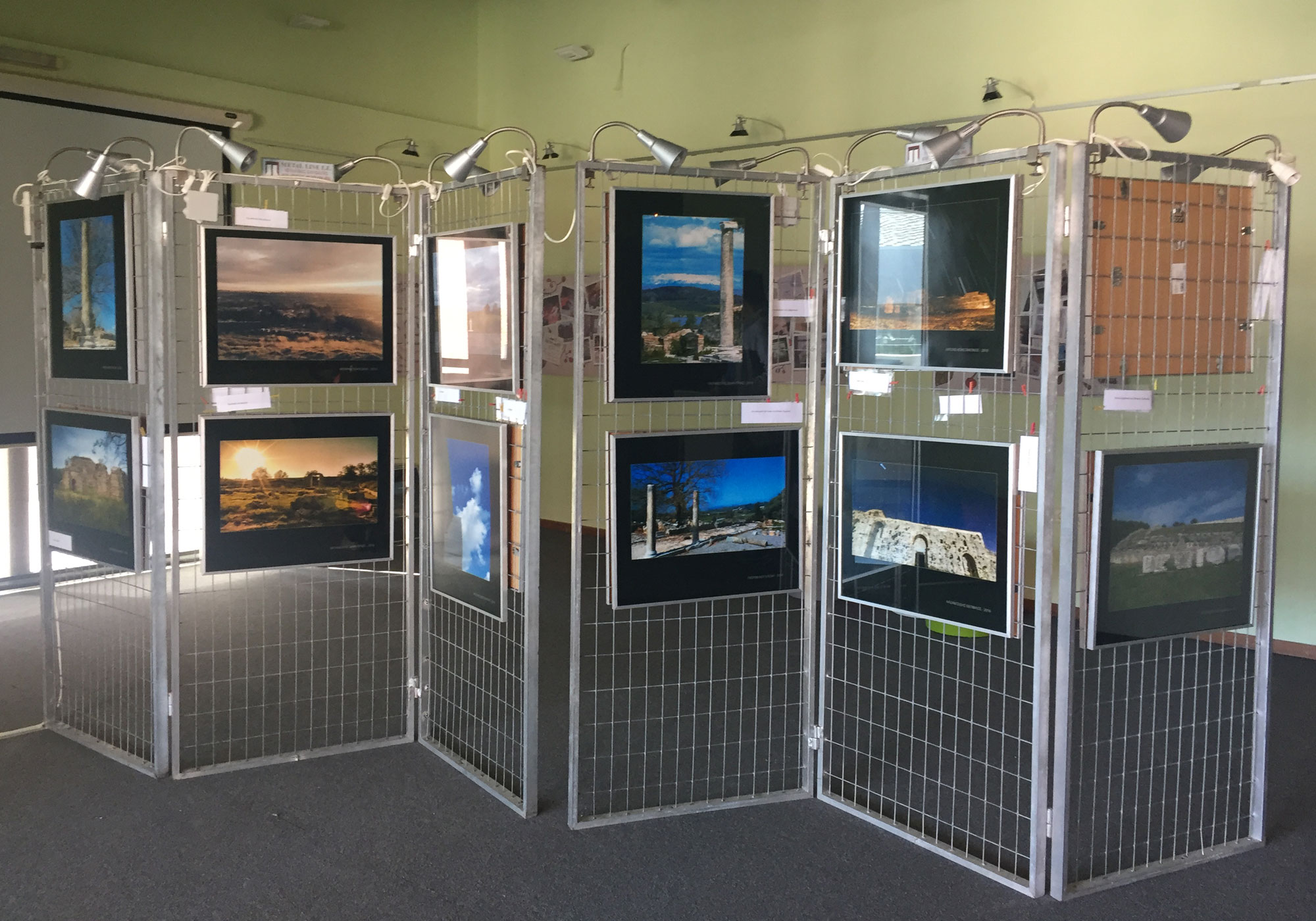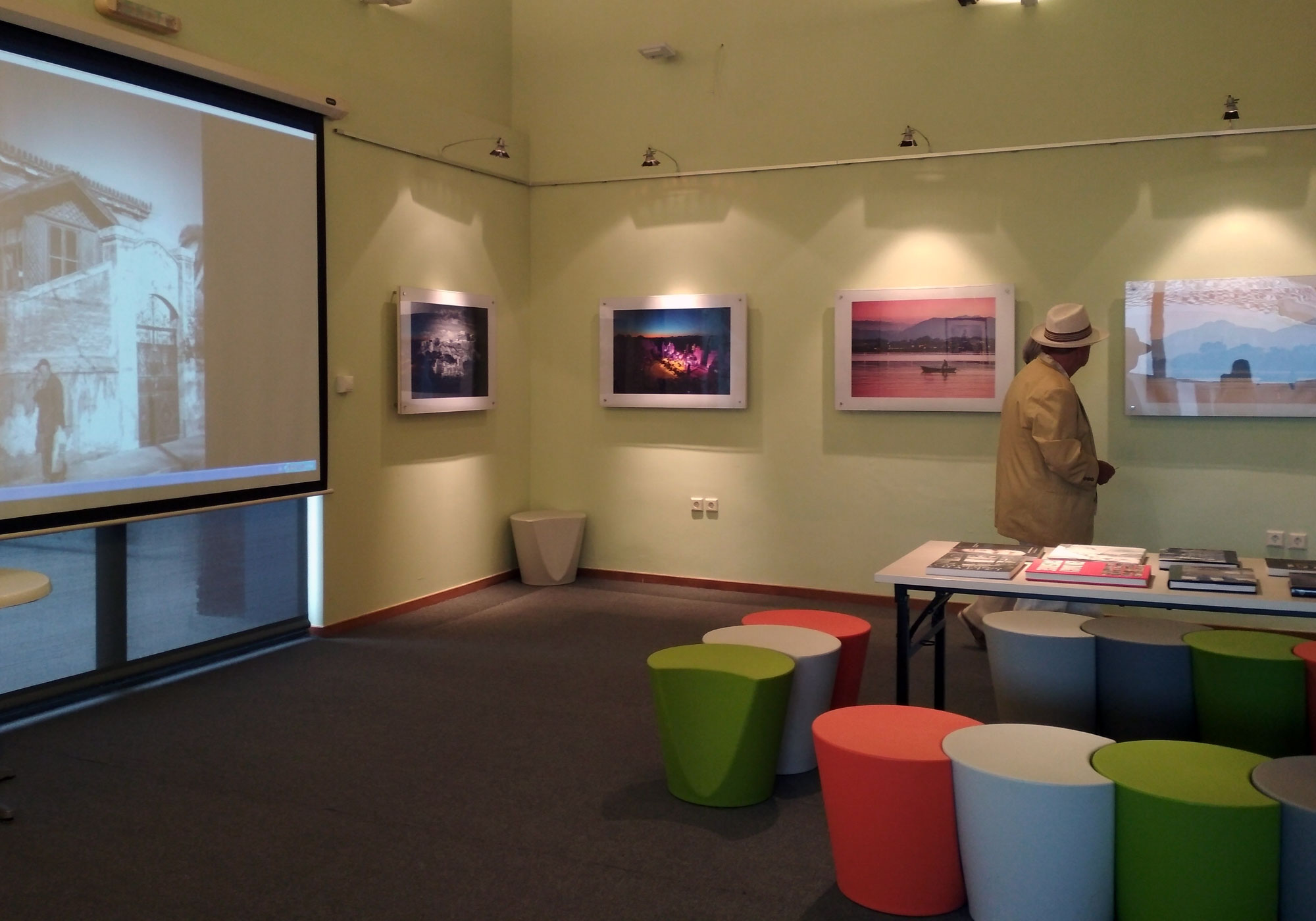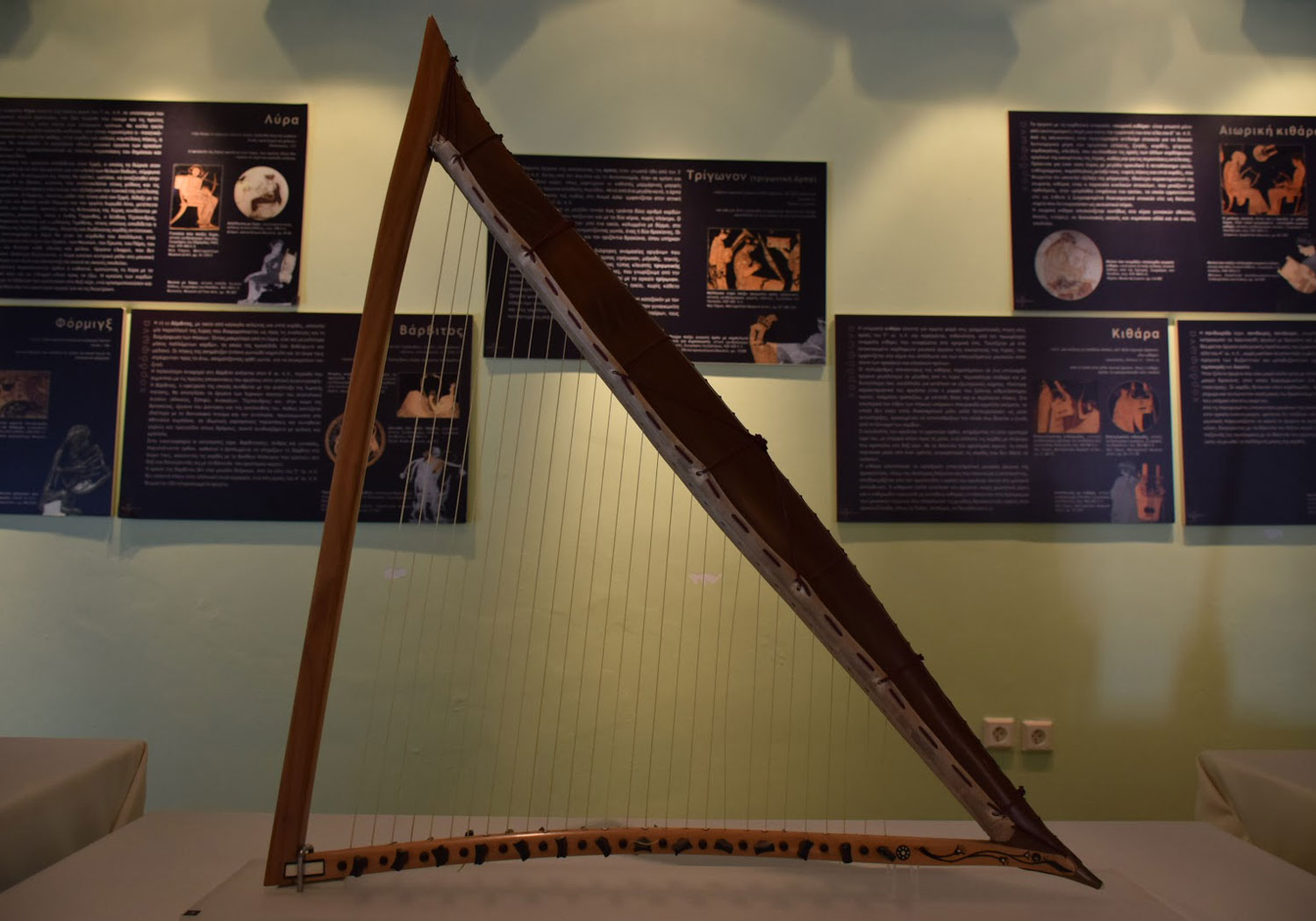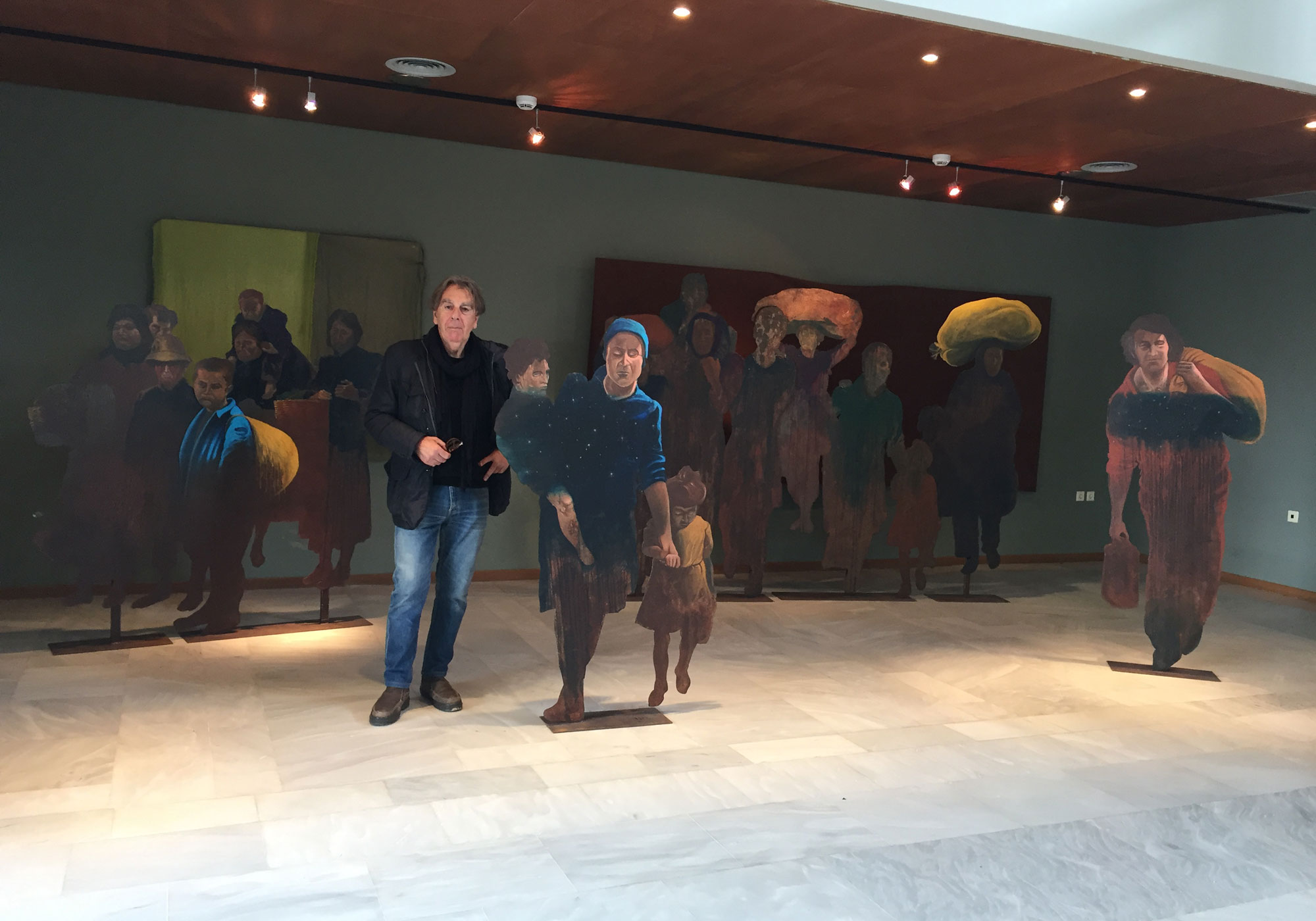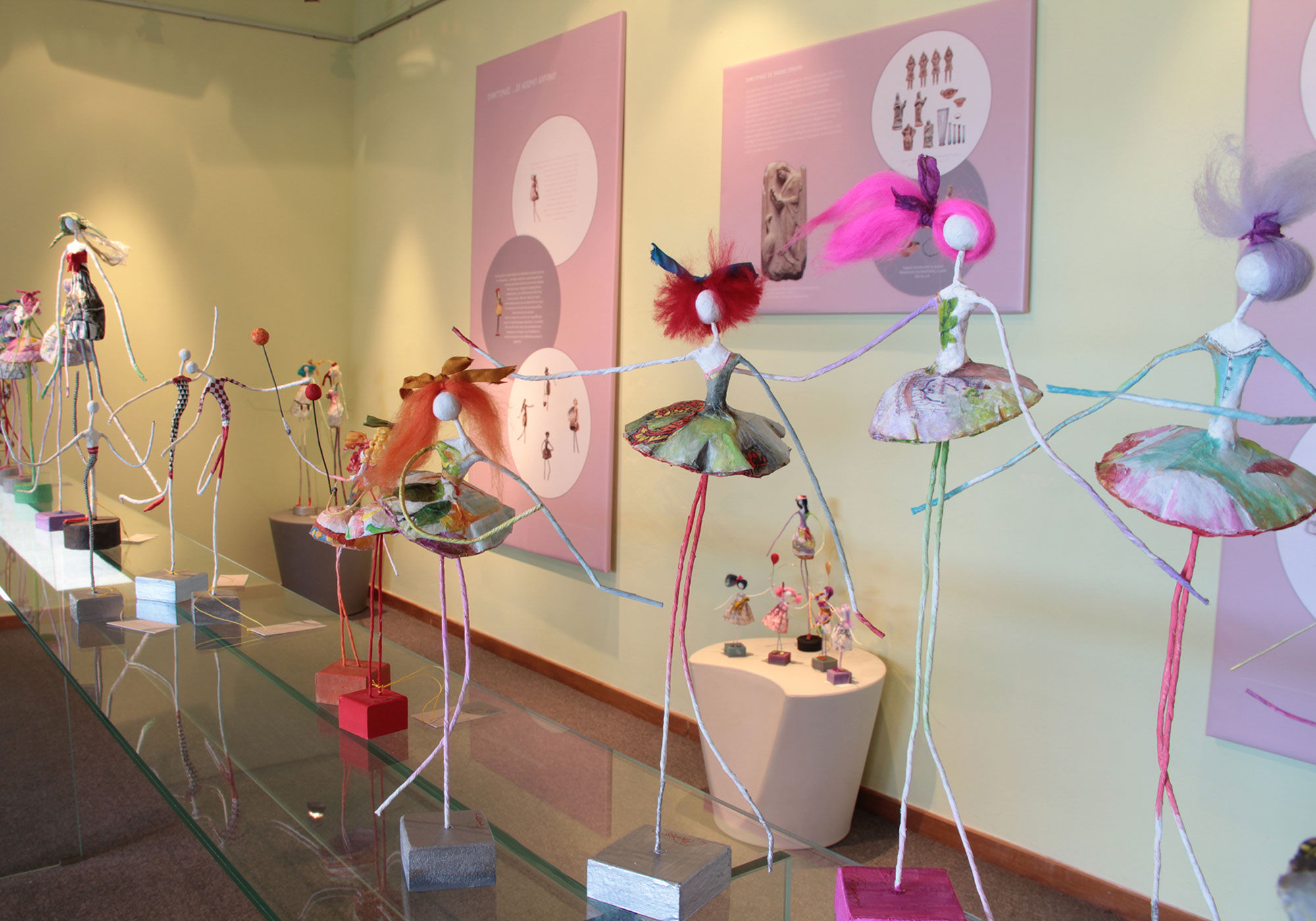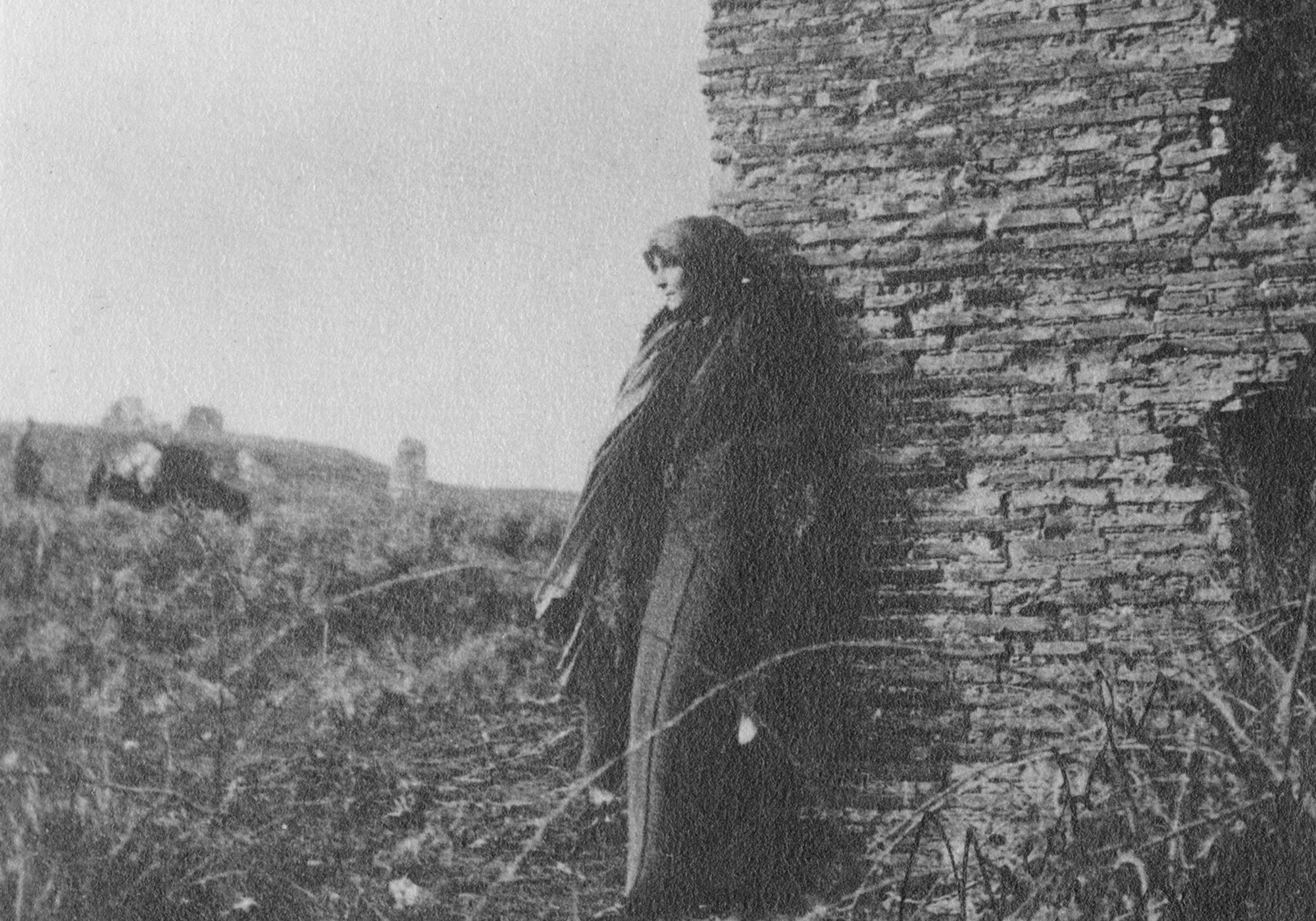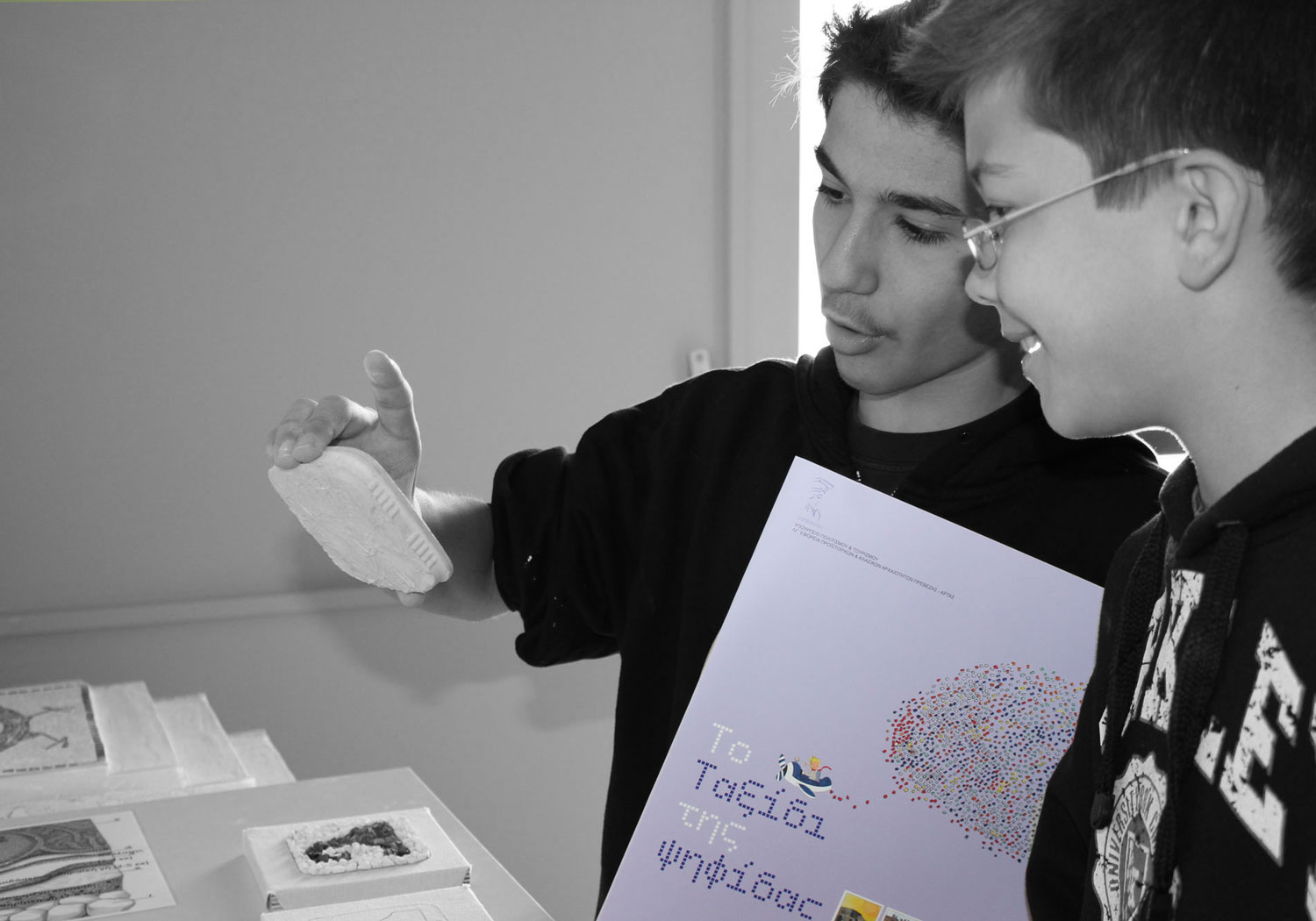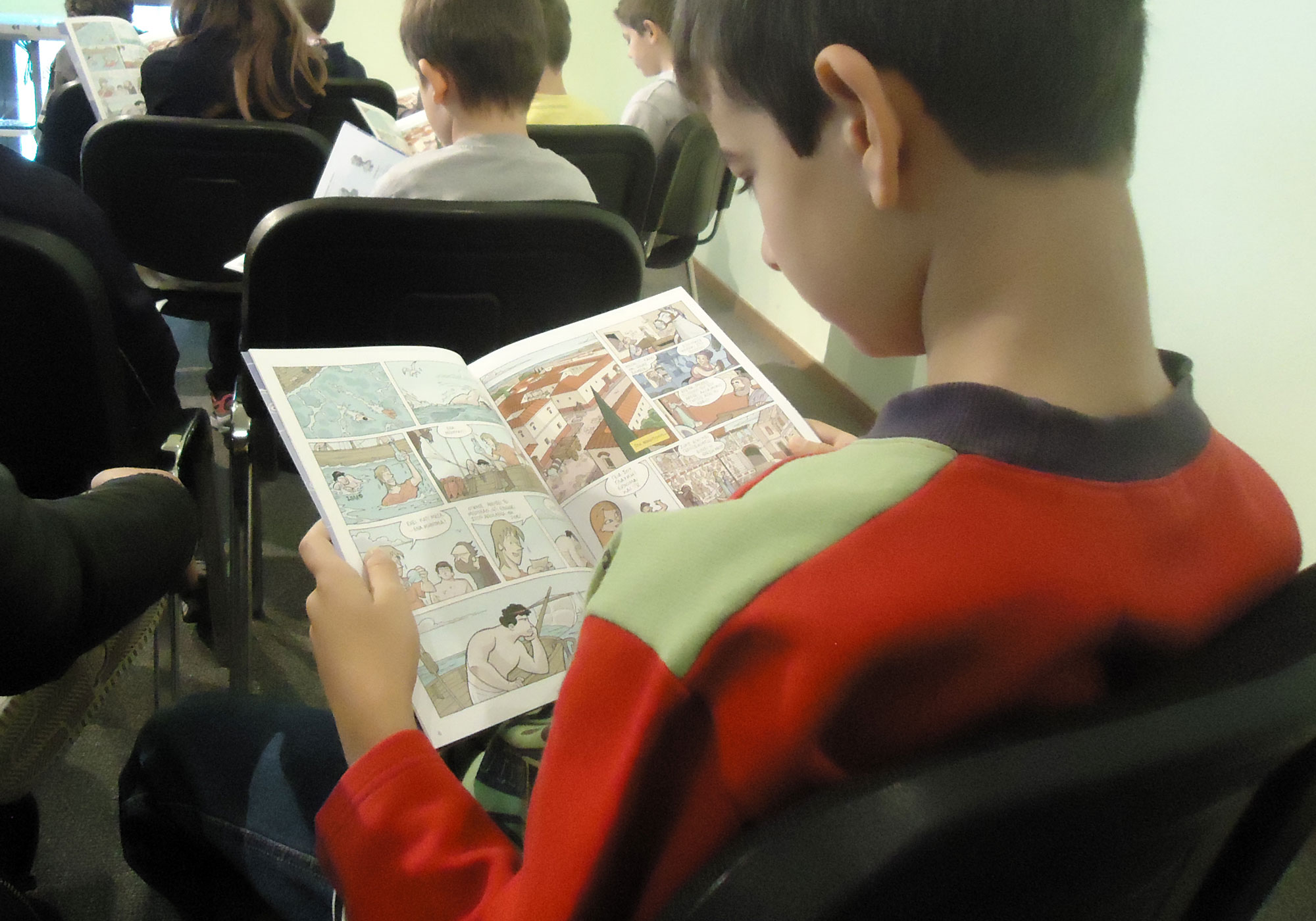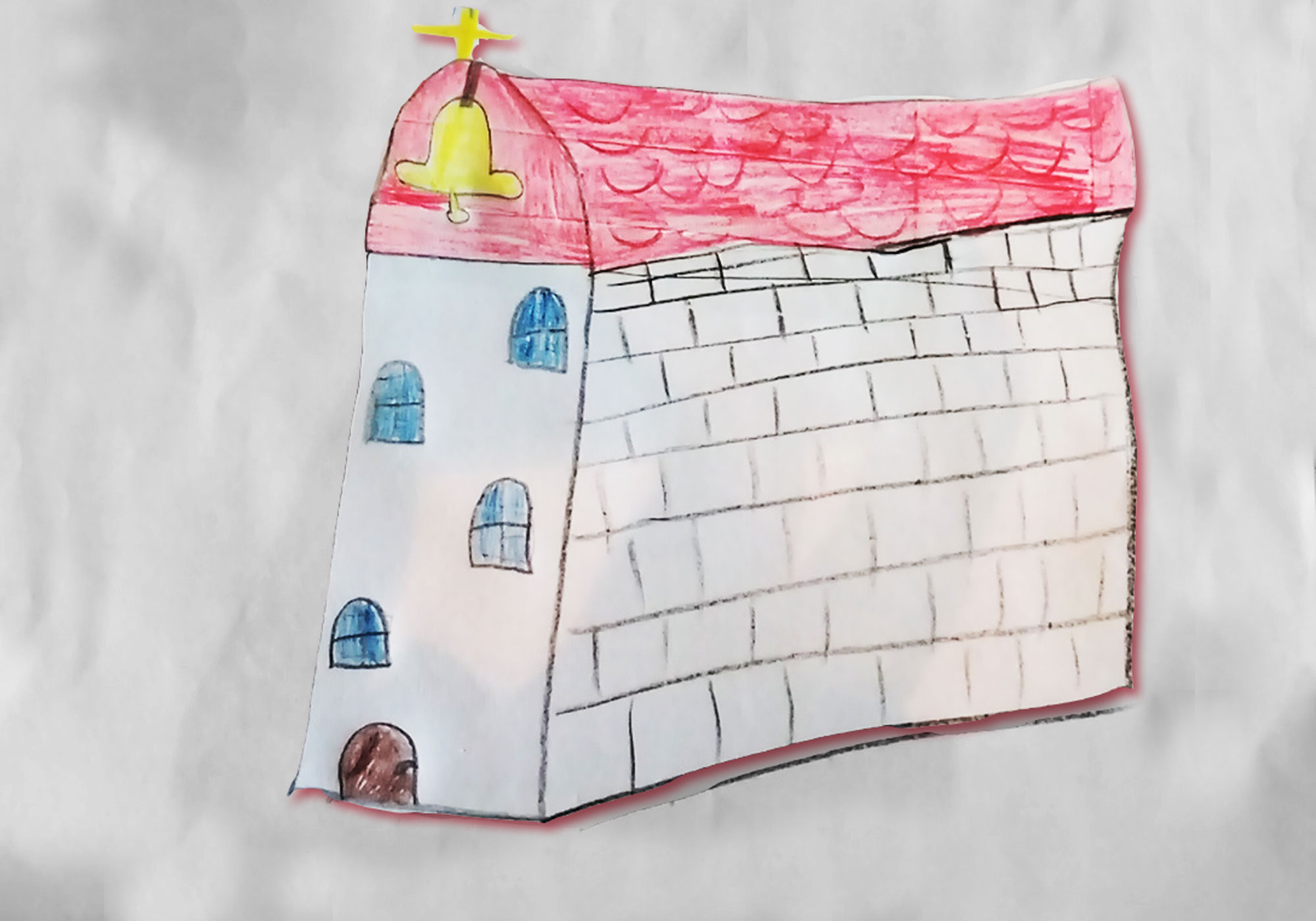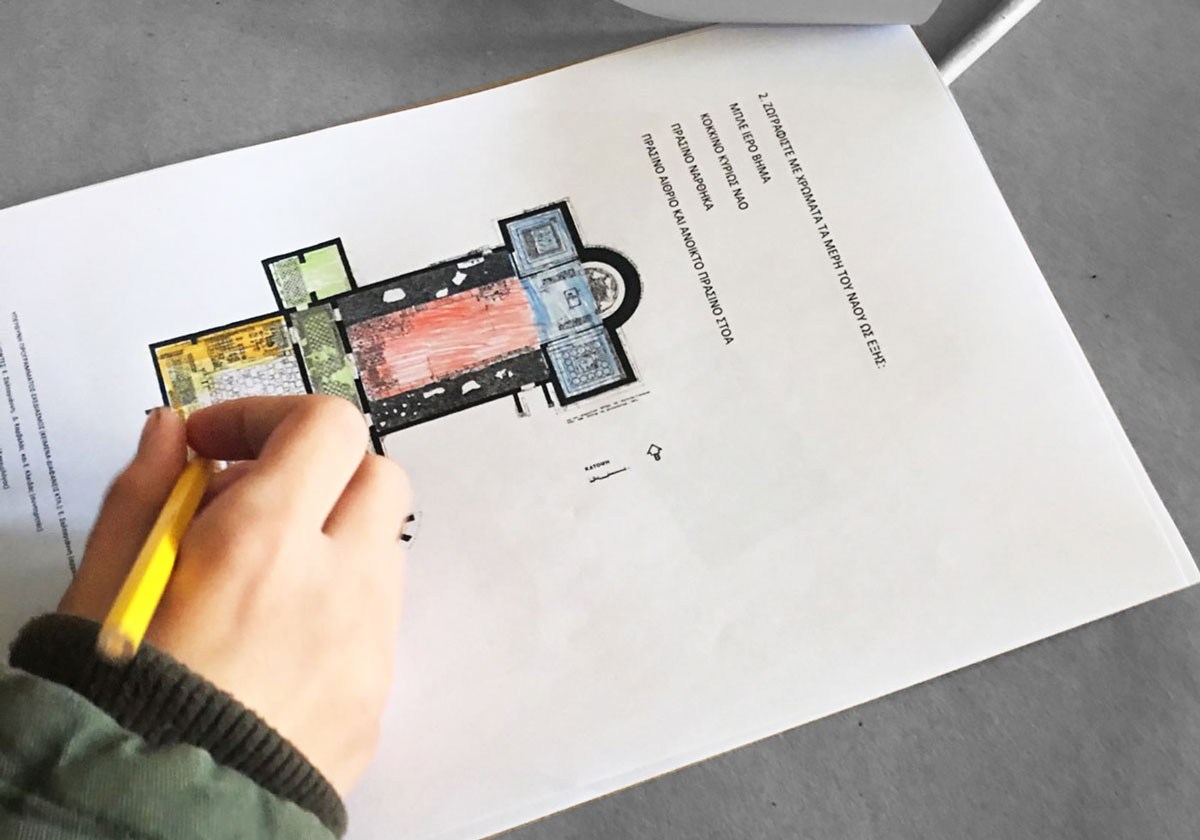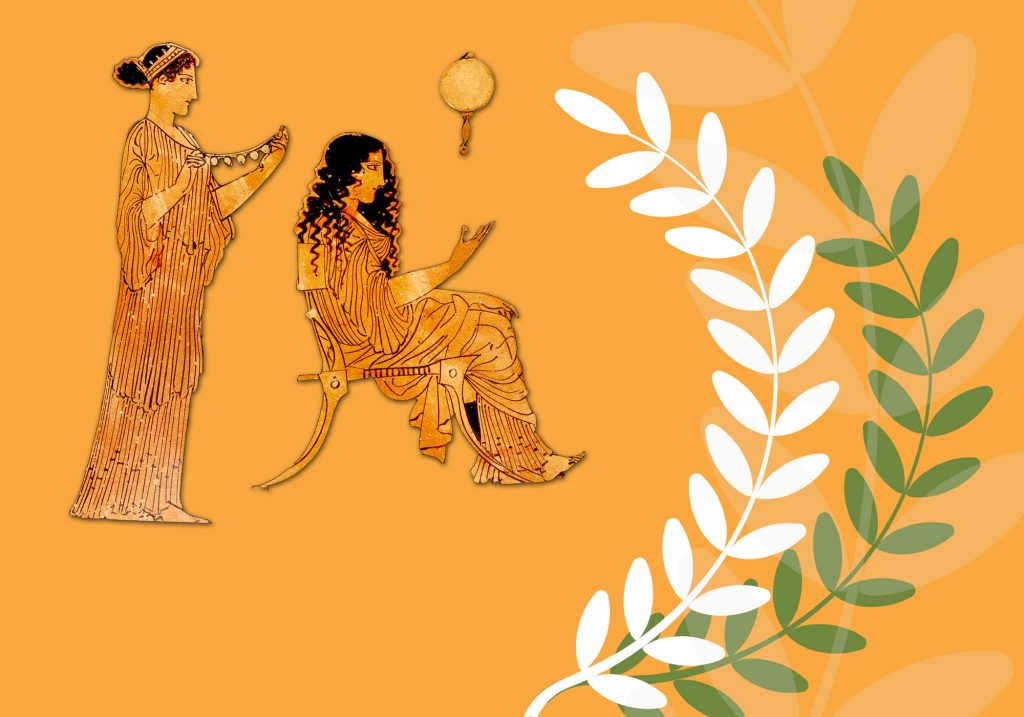
12.09.2022 – 15.12.2022
Nymphokomein
In celebration of “International Museum Day” 2022, themed “The Influence of Museums,” the four Archaeological Museums of Epirus – Arta, Igoumenitsa, Ioannina, and Nicopolis (AMN) – collaboratively curated the exhibition titled “The Collective Force of Four.”
Through a collaborative, temporary exchange of artifacts from their respective collections, these museums seek to illuminate shared aspects of daily life and culture across ancient Epirus, spanning from the classical to the Roman eras.
Within this framework, the Archaeological Museum of Nicopolis (AMN) will host a selection of items for one month, from September 12th2022 to October 12th2022. These items include a clay vessel (nuptial lebes) featuring wedding scenes from the Archeological Museum of Arta, a gold necklace from the Archeological Museum of Igoumenitsa, as well as a clay perfume flask (terracotta lekythos) and a copper mirror from the Archaeological Museum of Ioannina. These artifacts are closely connected to the world of women, reflecting their care and adornment, particularly in the lead-up to their marriages.
“Nymphokomein”
Joyous groom, your wedding unfolds as you desired,
Now in your embrace, you hold a maiden, just as your heart aspired…
Aphrodite’s blessings on you, more than any other, have transpired.
Sappho, “Epithalamia”, reading112
(Translation by I.N. Kazazis)
In ancient Greece, the most convenient season for weddings was during winter, particularly in the month devoted to Weddings, i.e., January, a sacred month dedicated to Hera, the goddess of marriage.
The wedding ritual spanned three days of ceremonies, with the central wedding event, including the preparations of the couple, the wedding feast, and the procession leading the bride to her new home, occurring on the second day.
The bride’s adornment, known as νυμφοκομεῑν, and consequently its derived verb,νυμφοκομέω meaning “to dress” or “adorn the bride” took place in the women’s quarters after a purification bath. Under the guidance of the bride’s maid of honor, who was responsible for planning the wedding, the bridesmaids (typically close friends of the bride) attended to her clothing and grooming.
The bride donned her wedding attire, complete with a veil covering her face and an assortment of jewelry. She perfumed herself and adorned her hair with a wreath of myrtle branches, a sacred plant associated with Aphrodite, the goddess of love and fertility.
These exhibited artifacts will be showcased separately in Hall B of the Archaeological Museum of Nicopolis (AMN), within the section dedicated to “Beauty – Jewelry.”
For further information, please contact: Maria Karamba, Archaeologist
Contact Telephone: +30 2682 0 89892
Ε-mail: info@nicopolismuseum.gr


